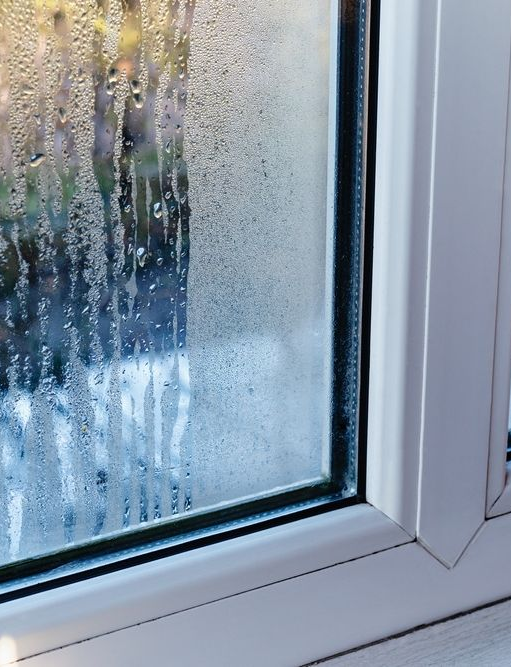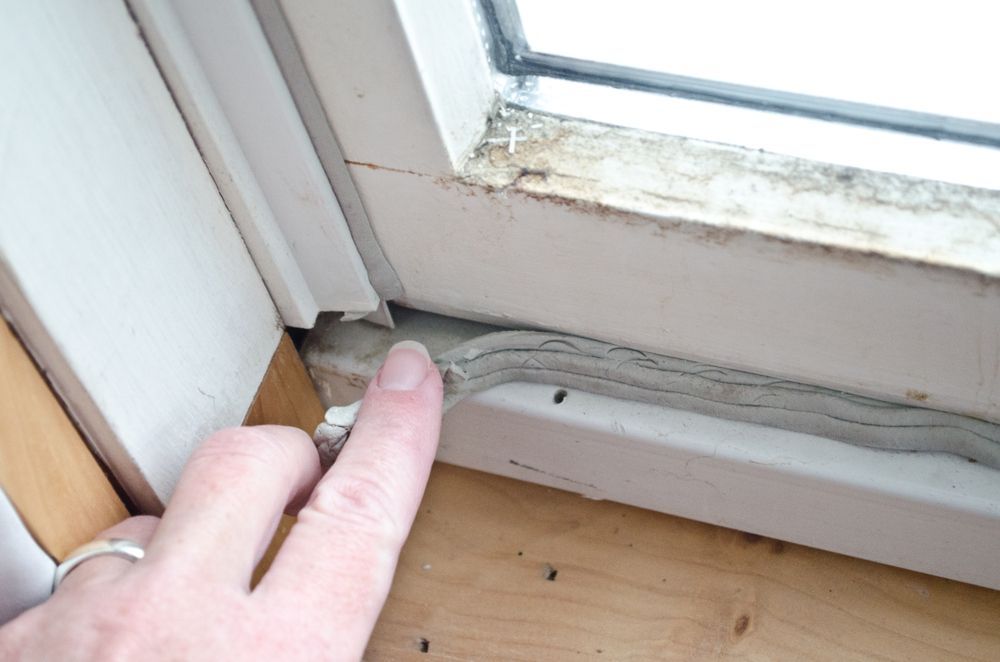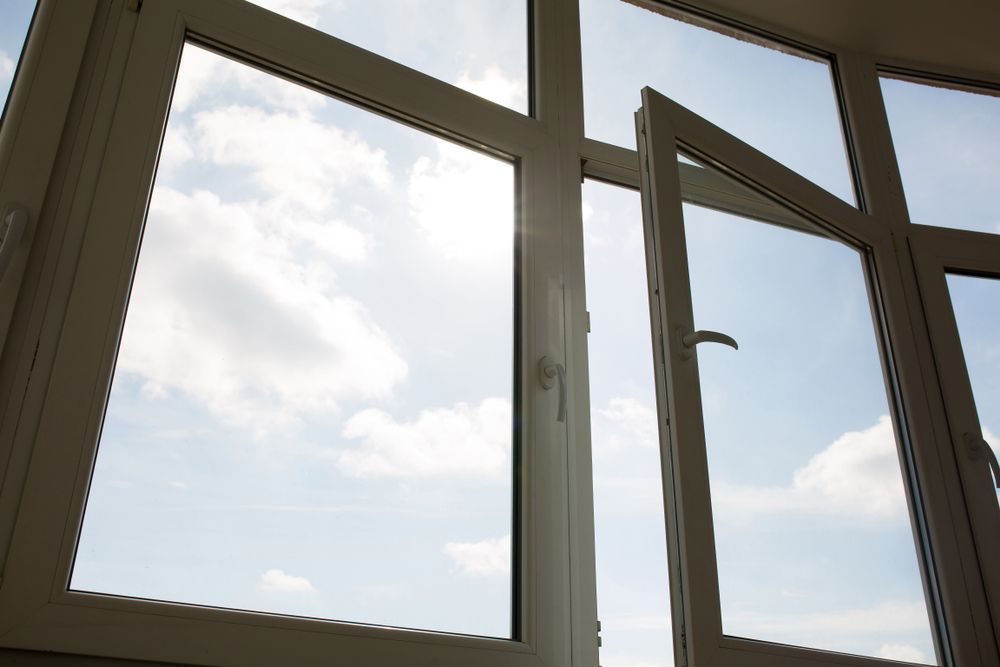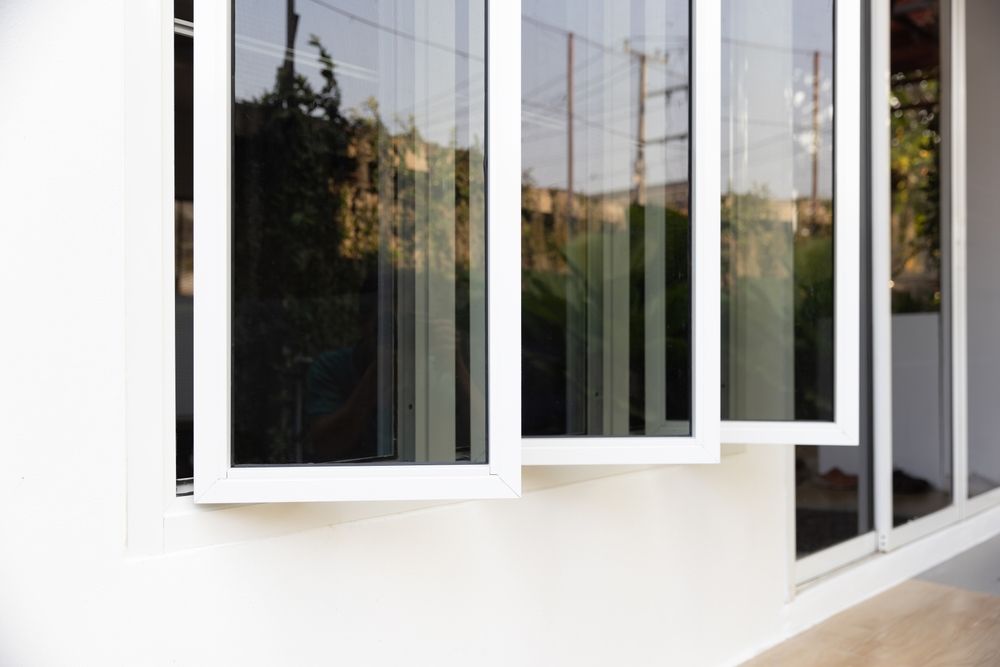Effective Ways to Prevent Window Condensation
August 29, 2025
Share this Article:
Window condensation can be a frustrating issue, especially when you wake up to wet windows or notice water pooling on the inside of the glass. While some moisture on windows is normal—especially during temperature changes—excessive condensation can lead to bigger problems like mold growth, mildew, and even damage to your window frames and surrounding walls. Understanding how to stop window condensation starts with identifying the root causes.
Common culprits include high indoor humidity, poor ventilation, and inefficient or outdated windows. Everyday activities like cooking, showering, and even breathing release moisture into the air, which can settle on cold glass surfaces. Left unaddressed, this excess moisture can impact both the longevity of your windows and the comfort of your home.
The good news? There are effective ways to prevent window condensation. From humidity control and improved airflow to upgrading to energy-efficient windows, the right solutions can help keep your home dry and comfortable year-round.
What Causes Window Condensation?
Condensation on windows occurs when warm, humid indoor air comes into contact with a cooler window surface, causing moisture in the air to form water droplets on the glass. While occasional condensation is normal, persistent moisture buildup can lead to mold, mildew, and even structural damage over time.
Several factors contribute to window condensation:
- High indoor humidity – Everyday activities like cooking, showering, and even breathing add moisture to the air.
- Poor ventilation – Without proper airflow, humidity lingers inside your home, leading to condensation.
- Inefficient windows – Single-pane glass or older windows with worn-out seals allow cold air to create a temperature imbalance.
- Cold outdoor temperatures – In winter, warm indoor air meeting cold glass can result in excessive moisture buildup.
If you frequently notice wet windows, it may be a sign that your home needs better humidity control, improved ventilation, or more efficient windows to regulate indoor temperatures.

How Humidity Levels Affect Your Windows
Indoor humidity plays a major role in whether you’ll see moisture on the inside of your windows. When humidity levels are too high, excess moisture has nowhere to go, leading to condensation on cooler surfaces like glass. Ideally, your home’s humidity should be between 30-50% for optimal comfort and to prevent condensation-related issues.
Here’s how different humidity levels affect your home:
- Low humidity (below 30%) – Can cause dry air, leading to cracked wood furniture, peeling paint, and irritated skin.
- Ideal humidity (30-50%) – Maintains comfort while preventing excessive moisture buildup.
- High humidity (above 50%) – Increases condensation, which can lead to mold growth, wood rot, and damage to window frames.
Using a hygrometer (a simple device that measures indoor humidity) can help you keep moisture levels in check. If condensation is a recurring problem, managing humidity should be a top priority to protect both your home and your windows.
Ventilation Tips to Reduce Indoor Moisture
Improving ventilation is one of the most effective ways to prevent window condensation. When moisture gets trapped indoors, it has nowhere to escape, leading to wet windows and potential mold growth. Increasing airflow throughout your home can help regulate humidity levels and reduce condensation. Try these simple ventilation tips:
- Use exhaust fans – Always turn on kitchen and bathroom fans while cooking or showering to remove excess moisture.
- Open windows when possible – Even in winter, briefly cracking a window can help balance indoor and outdoor air.
- Run ceiling fans – Keeping air moving prevents moisture from settling on cold window surfaces.
- Keep air vents clear – Blocked vents can restrict airflow, trapping humidity inside your home.
If you've tried these methods but still experience condensation, your windows may be inefficient or outdated. Upgrading to energy-efficient windows can provide better insulation and help minimize moisture buildup.

Practical Solutions: Dehumidifiers, Window Treatments, and More
If you’re dealing with frequent condensation, there are simple solutions that can help manage moisture levels and keep your windows dry:
- Use a dehumidifier – A whole-home or portable unit can remove excess moisture from the air, reducing condensation risks.
- Adjust your thermostat – Keeping your home at a consistent temperature prevents drastic temperature differences that lead to condensation.
- Install thermal curtains – Insulated window treatments help regulate indoor temperatures and minimize cold spots near windows.
- Move plants away from windows – Houseplants release moisture into the air, which can contribute to condensation on glass surfaces.
These strategies are effective for mild cases of window condensation. However, if you notice persistent moisture buildup, fogging between window panes, or signs of water damage around frames, it may be time to consider replacing your windows with more energy-efficient options that help control indoor humidity and temperature fluctuations.
When is it Time to Replace a Window with Constant Condesation?
Occasional condensation isn’t always a cause for concern, but if you notice any of these signs, it could mean your windows need replacing:
- Fogging between panes – This means the seal on your insulated glass unit has failed, reducing efficiency.
- Water damage around the frame – Warping, rotting, or mold growth indicates ongoing moisture issues.
- Drafts or temperature imbalances – Poorly sealed windows can make certain rooms feel colder, worsening condensation problems.
- Constant condensation despite ventilation – If you’ve tried everything and moisture persists, your windows may no longer be insulating properly.
Upgrading to energy-efficient windows can eliminate condensation issues while improving your home’s comfort and energy savings.
Need Your Windows Replaced? We've Got You Covered!
If you’re struggling with condensation on your windows, Woodland Windows and Doors can help. We offer high-quality replacement windows designed to improve energy efficiency and prevent moisture buildup. Our team can assess your home’s needs and recommend the best window solutions for your space.
Stop by our showroom or request a design consultation to explore your options. Let’s keep your home comfortable, energy-efficient, and free of condensation!
Connect with Us:




